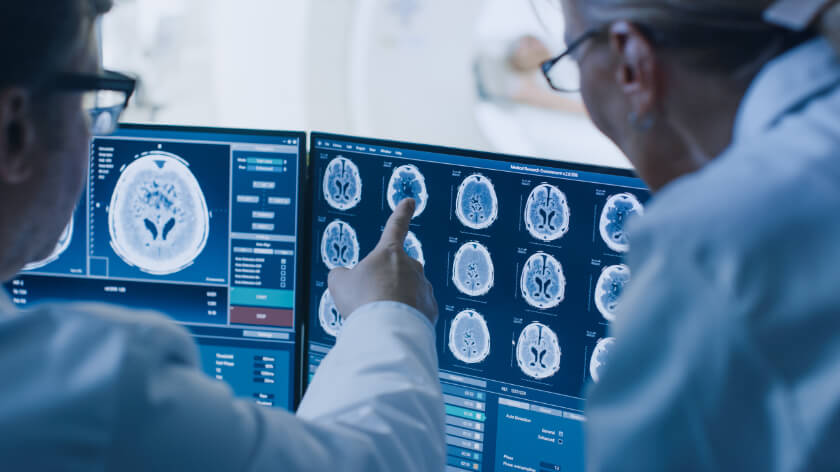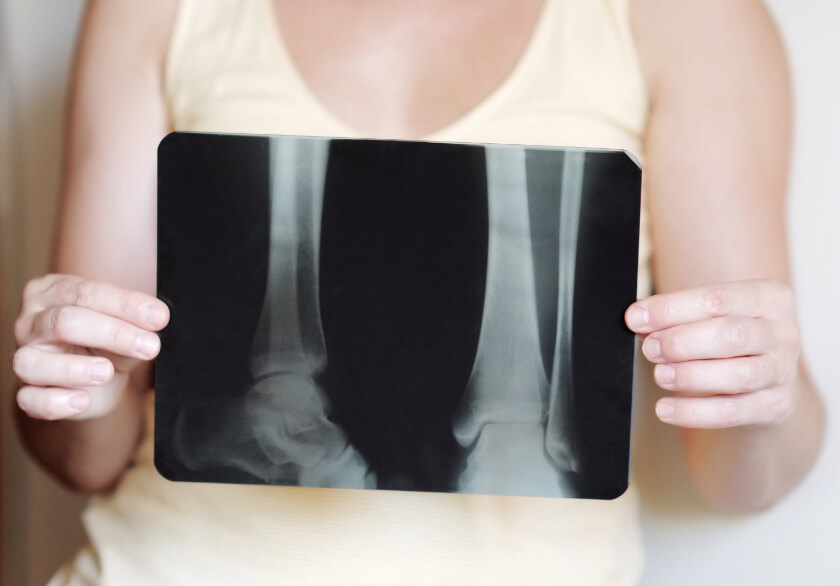

The Difference Between CT and MRI: How Does Your Doctor Decide Which to Order?

CT and MRI are two different types of medical imaging that create images of organs and tissues inside your body. While CT and MRI are similar in many ways, there are differences between them. Because of these differences, doctors might choose one imaging method over the other.
Both CTs and MRIs are non-invasive and pain-free, and each can help your doctor diagnose and manage a health condition. The two types of scans require you to lie on a table that then moves into a scanner. You need to lie very still for both tests so that the scan can capture clear images. During CT and MRI, the technician will leave the room, but you can still communicate with the person through an intercom link.
CTs and MRIs produce images in different ways. A CT scan uses x-rays to create multiple images, known as “slices,” from different angles. An MRI scan utilizes magnetic fields and radio waves to create images. There are several other important differences between the two types of medical imaging.
About CT Scans
CT is an acronym for computed tomography. Some people refer to them as computerized axial tomography, or CAT scans.
During a CT, you will like on a table that moves through a large, donut-shaped scanning ring. A computer assembles data collected to create 3-dimensional images of your bones and soft tissue.
Doctors might order CT scans when they are looking for or evaluating:
- Head trauma
- Bone fractures
- Pneumonia
- Internal bleeding
- Issues with internal organs
- Tumors
- The development of cancer or its response to treatment
About MRI Scans
Magnetic resonance imaging, or an MRI scan, produces very detailed images of soft tissue, organs, or ligaments, which makes it easier for your doctor to see abnormal tissue, soft tissue damage, torn ligaments, herniated disks, and other conditions.
Similar to the CT scan, you will lie on a table for the MRI. The MRI machine is also donut-shaped, but the donut is much thicker. MRIs are loud, so the technician may offer you headphones or earplugs to help dull the noise.
Doctors might order MRIs instead of CTs when they need to create more accurate and detailed images. Physicians typically order MRI scans to diagnose issues with bones, joints, and organs, especially those that affect the:
- Brain
- Breasts
- Heart
- Blood vessels
- Joints
- Wrists
- Ankles
Doctors might recommend MRIs over CT scans when they suspect certain conditions, such as:
- Soft tissue issues
- Torn ligaments
- Herniated disks
Comparing the Risks of MRI Scans and CT Scans
Both MRI and CT scans pose some risks, based on the type of imaging and how well the imaging is performed.
One of the main differences in risk between the two scans is that CT scans use a small dose of ionizing radiation, while MRI does not use radiation. The ionizing radiation in CT scans has the potential to affect biological tissues, but the National Institute of Biomedical Imaging and Bioengineering says the risk of developing cancer from exposure to the radiation in CT scans is generally small. Furthermore, x-rays and CT scans may not be safe during pregnancy, so doctors may recommend MRI instead.
Because MRIs use strong magnets, any type of metal in the body, such as metal plates, screws and rods, can pose a hazard. When exposed to the magnetic fields of an MRI, metal implants can move or heat up inside the body.
CT scan risks include:
- Potential harm to unborn babies
- Exposure to a very small dose of radiation
- Potential reaction to the contrast dyes used
MRI risks include:
- Possible reactions to metals in the body due to magnets used in MRI
- Loud noises from the machine, which can be distressful and even cause hearing issues
- An increase in body temperature during long MRIs
- Claustrophobia
You should consult a doctor prior to an MRI if you have certain types of implants, such as:
- A pacemaker
- Artificial joints
- An IUD
- Eye implants
Which Scan is Right for You?
You and your doctor can determine which scan is most appropriate for you, based on a variety of factors that include:
- The medical reason you are having the scan
- The level of detail needed for the images
- Whether are pregnant
- Whether you have issues, such as claustrophobia, which might make MRI scans more difficult for you to tolerate
Doctors order CT scans more often because CT scans are less expensive than MRI but still provide quality images. CTs are relatively quiet, whereas MRIs are quite noisy. A CT scan is faster and can create generalized images of tissues, organs, and skeletal structure; MRIs take longer, but provide clearer pictures.
For more information about CT and MRI scans, and to determine which scan is right for you, speak with your doctor. Your radiologist can provide even more information.





